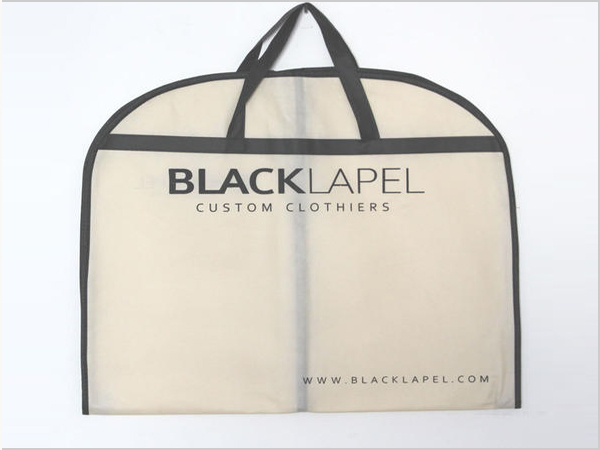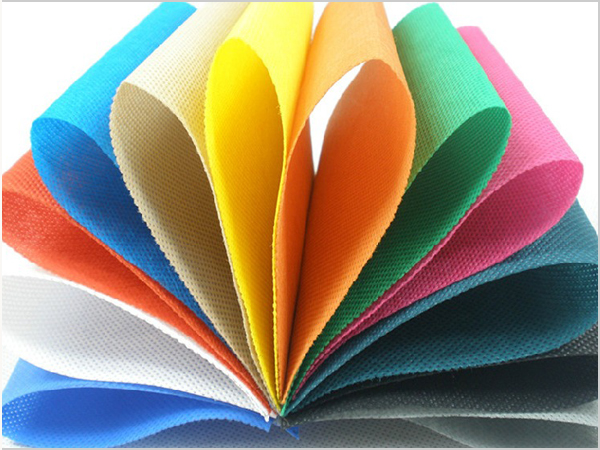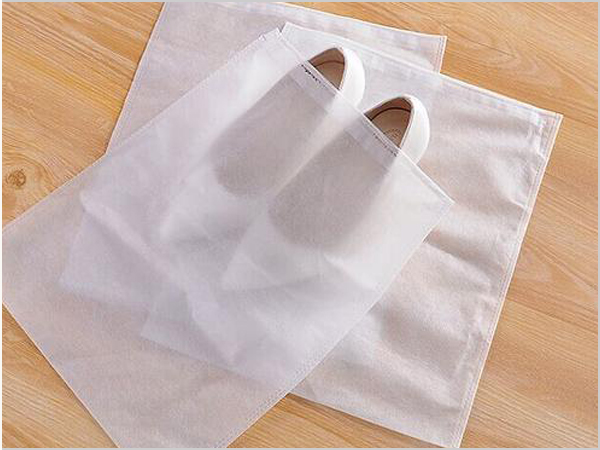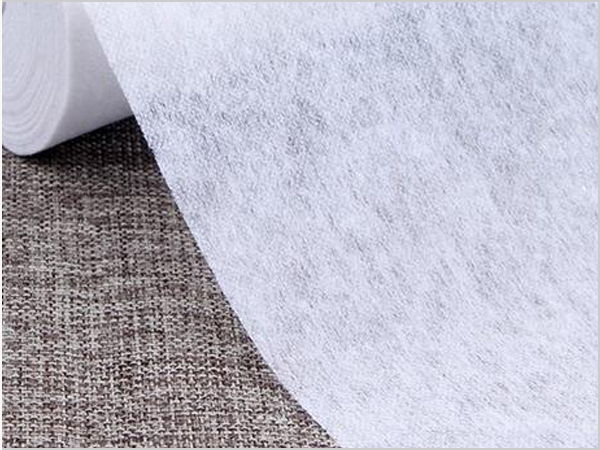- Spunbond nonwoven fabric has outstanding performance and is widely used in various scenarios
- Why can spunbond nonwoven fabric dominate the market?
- Foreign trade exports are moving forward under pressure, with both resilience and challenges coexisting
- Explore the environmental protection characteristics and application fields of PP non-woven fabric
- The rise of the Latin American market is expected to become a new growth pole for China's textile foreign trade

- Telephone: 0551- 66779966
- Cellphone: 18955130444
- Email: 58792982@qq.com
- Address: Building 1-2, East of Wubu Village Section, Hehuai Road, Wushan Town, Changfeng County, Hefei City, Anhui Province
Main features of spunbond non-woven fabric:
High temperature resistance, high temperature resistance (polypropylene can be used in a 150 ° C environment, polyester can be used for a long time in 260 ° C), aging, UV, high elongation, high stability, and corrosion resistance , Sound, anti-mite, non-toxic.
Due to the simple process, the output is large, and the human body is non-toxic.
The spunbond non-woven fabric appearance is not latitude and longline, tailoring and sewing are very convenient, and light is easy to form. Therefore, it is widely used as non-woven fabrics, agricultural non-woven fabrics, non-woven fabrics, and non-woven fabrics for packaging materials. In recent years, polyurethane polymers have been gradually replaced, and become a new environmental protection material, and it is popular with handmade enthusiasts.
What is the spunbond non-woven fabric?
The spunbond non-woven fabric is a new generation of environmentally friendly materials, with refusal, breathable, flexible, non-combustion, non-toxic and non-irritating, colorful. If the material is placed in an outdoor, it is naturally decomposed, and its longest life is only 90 days. It is placed in the room within 8 years. It is non-toxic, odorless, and there is no legacy substance, which is not polluted, and the spunning non-woven fabric is A nonwoven fabric, nonwoven fabric, fiber paper formed without a spinning woven fabric, is made of a directional or random fiber, which is produced by a high temperature melting, a spin, a spread, and a hot pressing. Polypropylene is used as a raw material with PP polypropylene, and then bonded in a hot rolling method.
- Spunbond nonwoven fabric has outstanding performance and is widely used in various scenari
- Why can spunbond nonwoven fabric dominate the market?
- Foreign trade exports are moving forward under pressure, with both resilience and challeng
- Explore the environmental protection characteristics and application fields of PP non-wove
- The rise of the Latin American market is expected to become a new growth pole for China's
- The production process of spunbond nonwoven fabric determines its unique characteristics!
- The global trade landscape is undergoing significant changes in 2025
- The 11th China International Silk Conference was held in Shengze
- What are the core advantages of spunbond nonwoven fabric?
- What are the magical aspects of the manufacturing process of spunbond nonwoven fabric?



